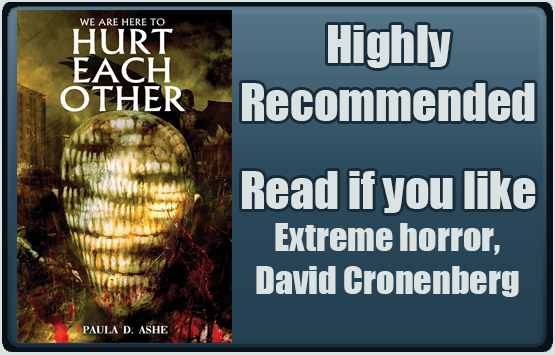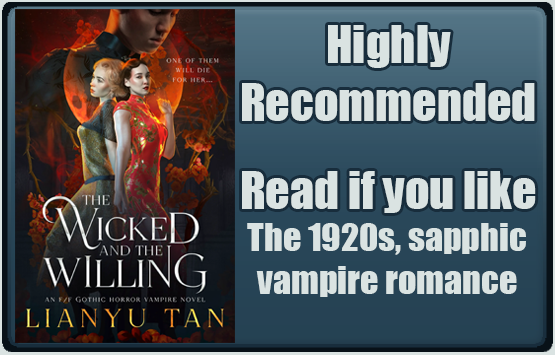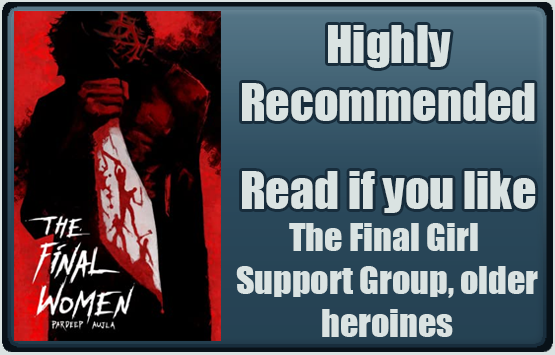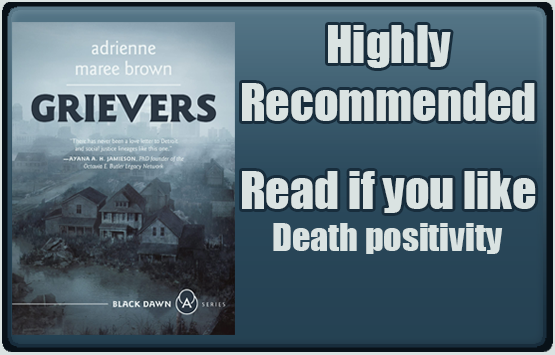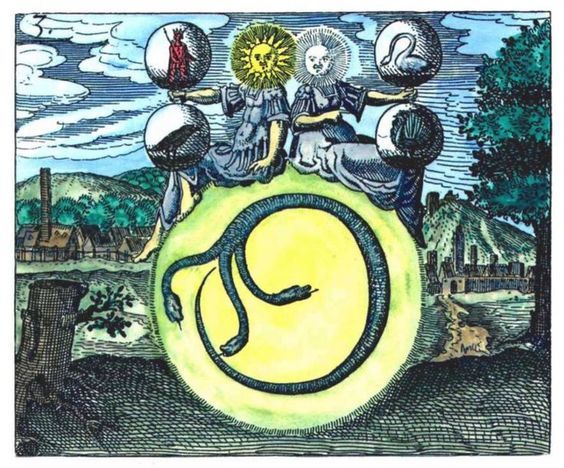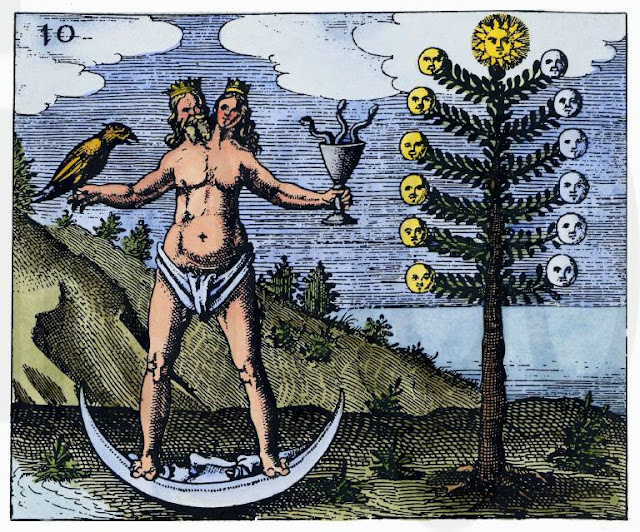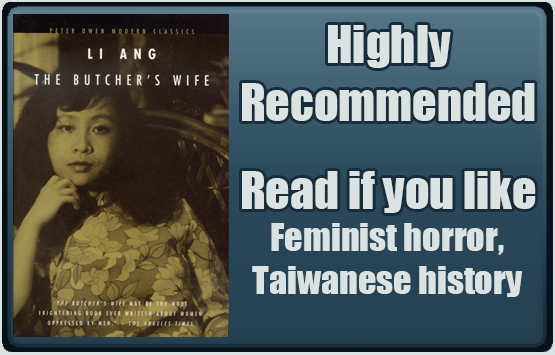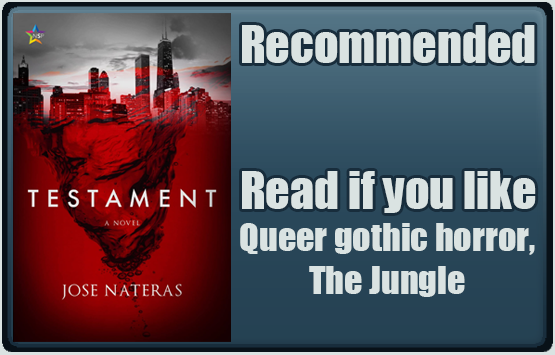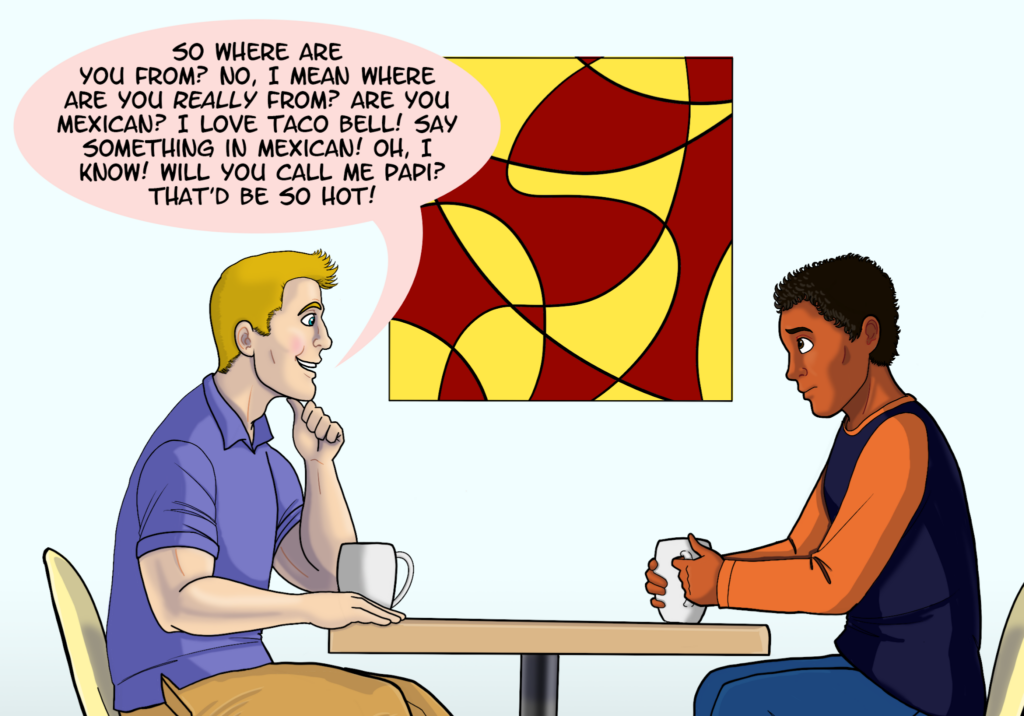Formats: Print, digital
Publisher: Nictitating Books
Genre: Body Horror, Killer/Slasher, Occult, Psychological Horror
Audience: Adult/Mature
Diversity: Queer, Black author and characters
Takes Place in: Ohio
Content Warnings (Highlight to view): Child Abuse, Child Death, Child Endangerment, Death, Drug Use/Abuse, Illness, Incest, Kidnapping, Necrophilia, Mental Illness, Pedophilia, Racism, Rape/Sexual Assault, Self-Harm, Slut-Shaming, Torture, Violence
Blurb
With these twelve stories Paula D. Ashe takes you into a dark and bloody world where nothing is sacred and no one is safe. A landscape of urban decay and human degradation, this collection finds the psychic pressure points of us all, and giddily squeezes. Try to run, try to hide, but there is no escape: we are here to hurt each other.
I received this product for free in return for providing an honest and unbiased review. I received no other compensation. I am disclosing this in accordance with the Federal Trade Commission’s 16 CFR, Part 255: Guides Concerning the Use of Endorsements and Testimonials in Advertising.
If you’ve ever thought “Gee, I’m feeling too mentally and emotionally healthy. I should read something so disturbing and intense my therapist will finally be able to pay off their student loans from all the sessions I’m going to need,” then look no further then Paula D. Ashe’s We Are Here to Hurt Each Other. This horror is extreme. Ashe explores such taboo topics as incest, child abuse, child murders, self-harm, and religious extremism without flinching, yet it never feels like she’s making light of the subject matter. It’s extreme horror that never feels exploitative.
Interestingly, Ashe’s stories are very light on the gore (with a few exceptions). I’ve always found extreme horror that relies too much on blood and guts to be boring (blame my ultraviolent horror phase in college for making me jaded), so it was one of the things I particularly liked about the book. There are also very few examples of the supernatural in this anthology, and no supernatural antagonists. All the villains are very much human. Ashe’s work focuses on psychological horror, the terrifying in the mundane, and the terrible things the average human is capable of. What if you found out your own child was a monster? And not the furry or fanged kind, but the regular old terrible human kind? What if, to cope with abuse, you became the abuser without even realizing? What if you would do absolutely anything to keep the one you love? Ashe takes these simple, awful questions and gives us the terrifying answer, sometimes in a variety of ways. Bereft and Because you Watched, both deal with adult children dealing with their histories of extreme abuse and culpable siblings, but are two very different stories.
The stories are extremely well written, and I was impressed how each character had such a distinct voice. No two stories sound the same, but they all share Ashe’s poetic talent. We are Here to Hurt Each Other is a gripping and deeply unsettling anthology; Ashe’s skill shines through in each story, though I found Exile in Extremis, The Mother of All Monsters, and Because you Watched to be my personal favorites. The first is an epistolary story about a drug so powerful it is said to bring back the dead and with references to the classic horror anthology The King in Yellow by Robert W. Chambers. The second is about the relationship between a mother and her son while a series of child murders take place. And the last is about the strained relationship between siblings who have witnessed the abuse of their youngest sister at the hands of their cruel parents.
We Are Here to Hurt Each Other is not an easy read, but it is an excellent one. Despite their depravity the stories are still hauntingly beautiful. You’ll find this anthology sitting with you long after you put it down.
